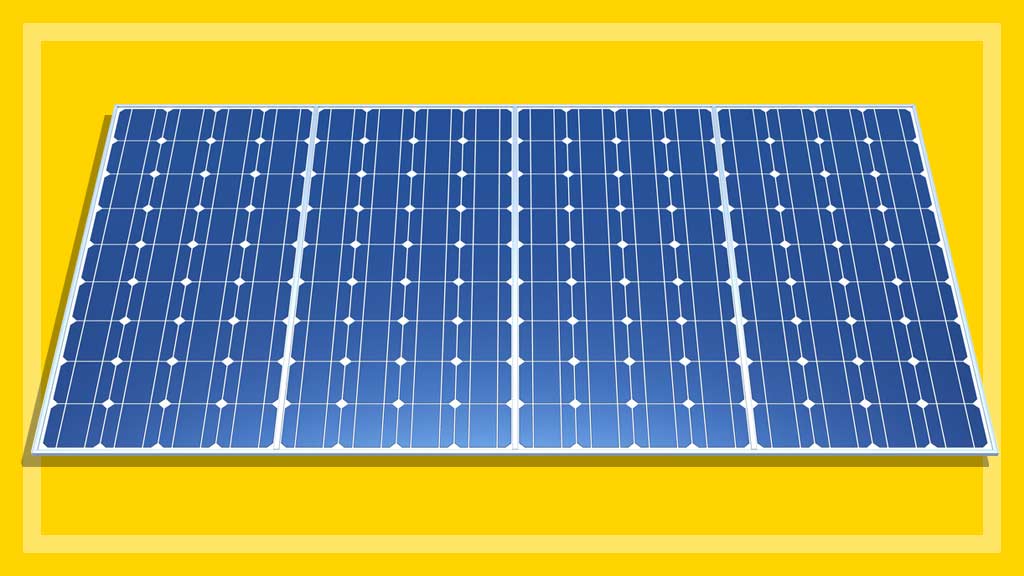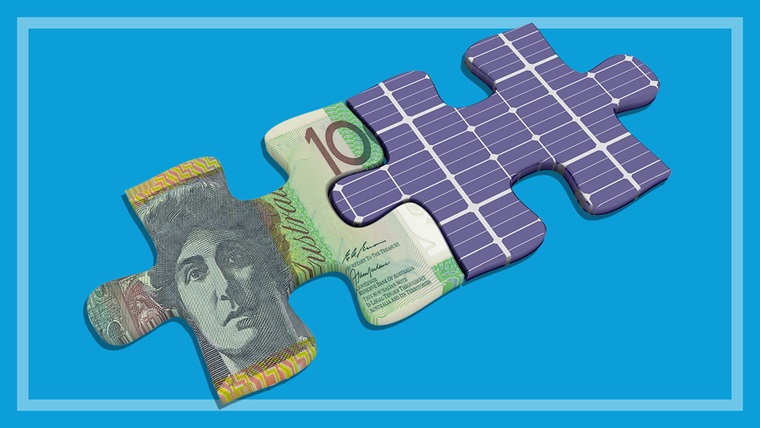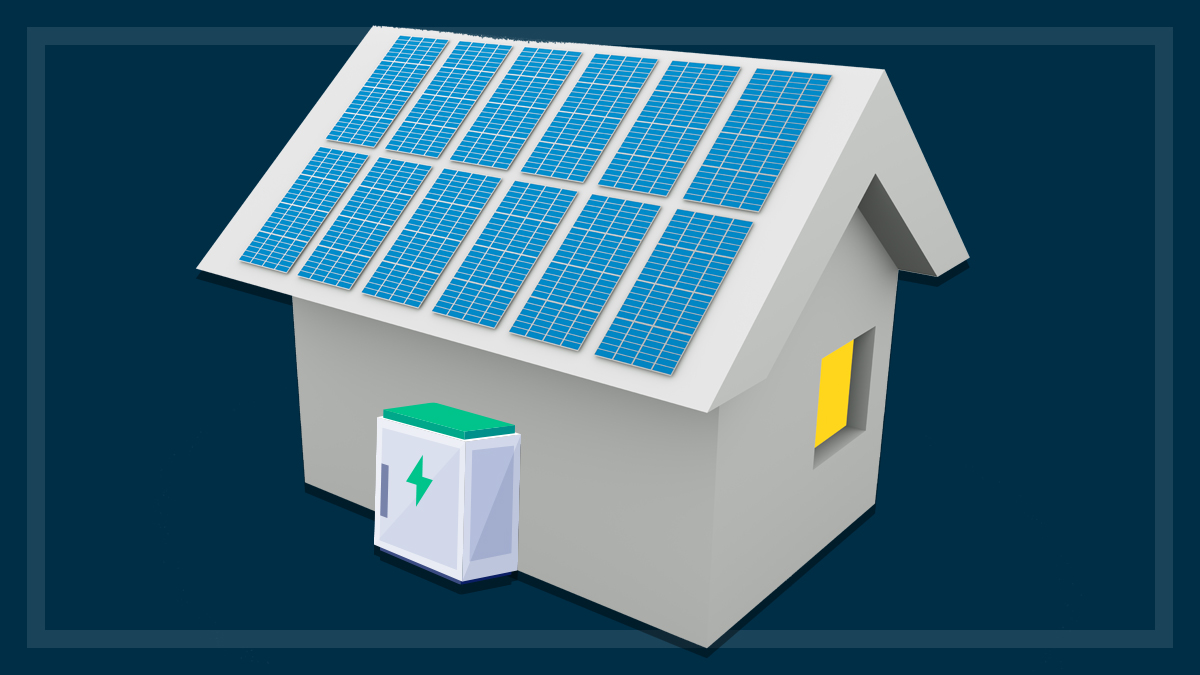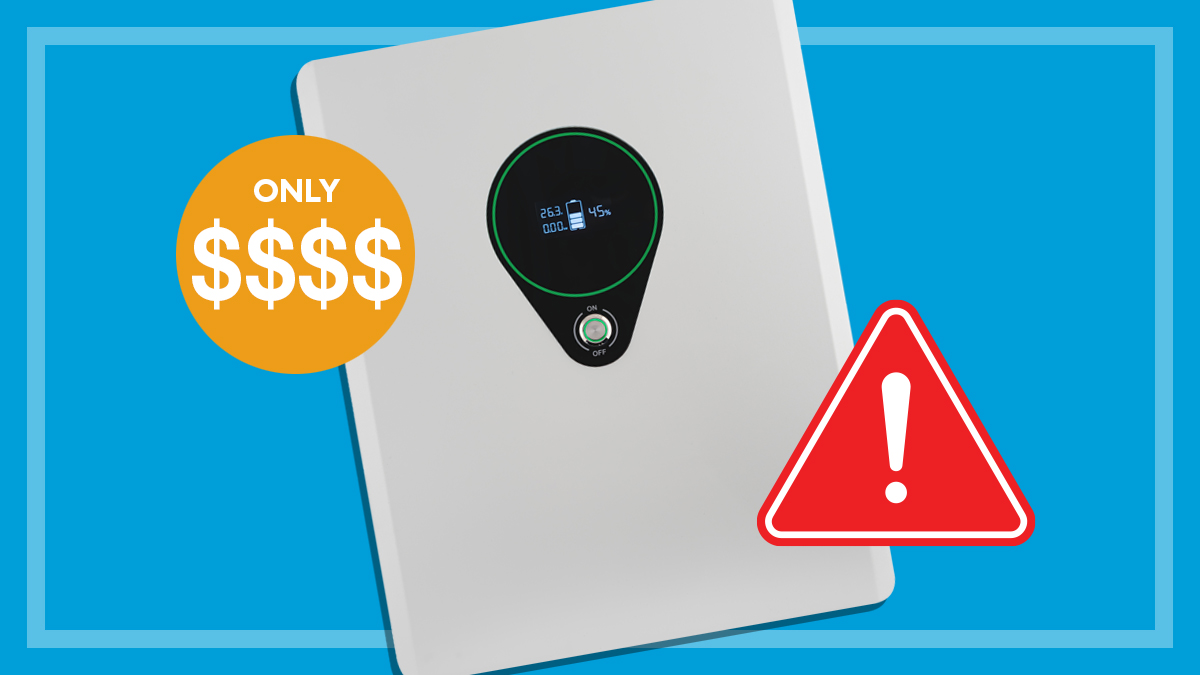Get our independent lab tests, expert reviews and honest advice.
How to recognise and manage termites
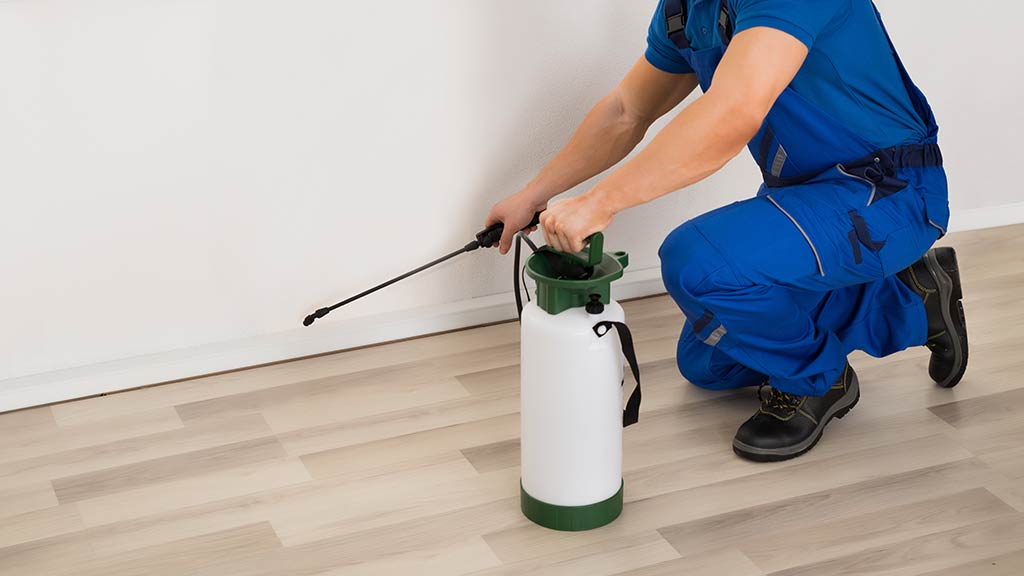
Termites are a destructive pest, so it’s important to have regular and thorough inspections of your home to detect the early signs of termite activity and infestation. But finding a reliable and experienced pest manager can be hard to come by, and promising credentials don’t always guarantee their reliability.
On this page:
- What do termites look like?
- How do you know you have termites?
- How to reduce the risk of termites
- How to get rid of termites
- How much does termite control cost?
- Tips for finding a good termite controller
- What happens in a termite inspection?
We give you the lowdown on what to ask and look for when it comes to termite management.
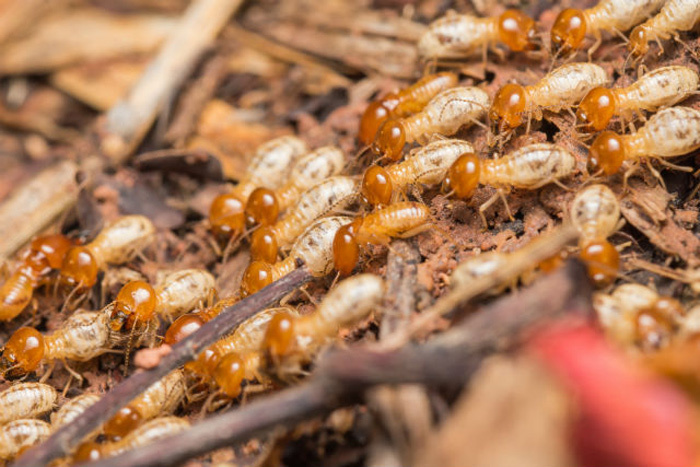
What do termites look like?
There are over 300 species of termites in Australia, but only a handful cause problems. Subterranean termites (also called white ants) cause most of the damage around the country. They feed off cellulose-containing materials like timber.
Subterranean termites can be confused for black ants as they are similar in size, however unlike black ants, they are pale in colour (hence the name white ants).
Termites with wings (called alates) can also be confused for moths. These termites fly out from the colony to look for new environments to reproduce and create new colonies.
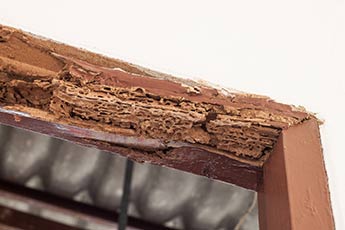
How do you know you have termites?
Termites can cause major structural and economic damage to homes and commercial buildings by eating the inside of the structure, leaving only a thin shell for protection from the outside environment.
But they don’t just eat away at structural timbers: they can also chomp their way through furniture, paper products, fabrics, clothing, footwear and even non-cellulose materials like soft plastics, building sealants and rigid foam insulation.
They aren’t always easy to spot, but here are a few signs that termites might be wreaking havoc on your home.
- Mud shelter tubes they build for protection. These can sometimes be seen in brick foundations or architraves.
- Hollow-sounding timber (meaning they’ve eaten away at the timber).
- Sagging floors or doors.
- Easily-damaged skirting boards, door jams or architraves (because termites take away the structural integrity of timber, a small knock to these areas can cause damage).
- Cracked paint or plaster (as termites eat away at timber, affecting its structural integrity, it causes cracks in paint and plaster).
- Power failures (termites are attracted to the warmth of electrical fittings behind walls).
Temperature and rainfall seem to have the largest impact on termite activity, followed by the house’s age. If you stumble across a termite nest on your property, don’t disturb it: termites might abandon the area, move elsewhere and remain undetected.
If you suspect termite activity in your home, it’s best to have a professional termite inspection carried out as soon as possible to determine the appropriate action plan.
How to reduce the risk of termites
- Fix any moisture problems like poor drainage, leaking pipes or inadequate ventilation.
- Check your home’s surroundings – shrubs or garden beds should be well clear of building edges and weep holes (the small gaps left between bricks to let water drain out).
- Keep areas under your house clear – don’t store items that can reduce the ventilation space under the house.
- Remove any wood that’s in contact with the ground and close to the house.
- If you’re building a new home, certain construction methods and materials can reduce termite risk considerably.
- Get regular professional pest inspections and follow their advice to reduce your termite risk. It’s recommended you have a thorough pest inspection at least once a year, or more often if you live in areas with high termite risk.
How to get rid of termites
There are three types of termite management:
- physical barriers
- chemical barriers
- monitoring baits and stations.
The Building Code of Australia requires all new homes and extensions to have a termite management system in place in all states (except Tasmania, where the termite risk is negligible).
Homes built after July 1995 must have a ‘durable notice’ of treatment fixed to a prominent position in the building (near the meter box or the entrance to a crawl space), listing the:
- method of termite management
- date of installation
- life expectancy (for chemical barriers)
- recommended future inspections.
If you’re building a new home or doing a substantial renovation, be sure to put in appropriate physical or chemical barriers. Some can be retrofitted but it’s easier to install them during construction.
Physical barriers
Physical barriers are permanent, non-toxic and don’t require much, if any, maintenance or renewal. They won’t kill termites, but will deter them from gaining access to your home.
There are four types of physical barriers:
- Termite shields (also called ant caps) don’t prevent termite activity but bring it into the open, as it’s easier to detect their mud shelter tubes on the metal caps.
- Woven stainless steel mesh or finely graded stone particles can be installed in a concrete slab and cavity walls around pipe openings and the like, so termites can’t get through these concealed entry points.
- Composite systems, such as chemically treated plastic or fabric sheets, contain chemicals that’ll degrade over time, unlike true physical barriers.
- Reticulation systems involve piping fitted under slabs and around the edges of buildings with access points for insecticide injections.
Chemical barriers
Chemical barriers are applied under and around concrete slabs or around building piers or footings. They require maintenance and renewal. They create a zone of treated soil that may be effective for several years before it needs retreatment.
If you opt for chemical barriers after construction of a new home, it may require trenching and concrete drilling.
Chemicals used in termite management
- Synthetic pyrethroids like permethrin or bifenthrin are generally less toxic than many of the earlier insecticides which were banned in most parts of Australia in the mid 1990s.
- Fipronil and imidacloprid are particularly effective against termites as they are non-repellant. This means the termites will travel through the treated zone without detecting the chemical and take it back to the colony, therefore contaminating other termites.
- Arsenic trioxide dust is a very toxic substance and confirmed carcinogen for humans. It was commonly used in the past in termite dusting procedures but has been replaced with less toxic insect growth regulators (IGRs) like triflumuron. This distinctive blue powder is very effective, but may take a little longer than arsenic dust to wipe out a colony.
Monitoring and bait stations
This is a less toxic but more costly alternative that’ll require regular maintenance. Monitoring and bait stations use very small amounts of a low-toxic IGR that affects the termite’s exoskeleton and kills them without harming other animals or humans.
This is how they work:
- The pest manager places a baiting station (or several) in the vicinity of the house, usually in-ground.
- The station is checked regularly, repositioned if needed and when termites are found, bait is added to replenish the station.
- The termites take the bait back to their nest and spread it through grooming till the colony is eventually wiped out.
There’s no guarantee the termites will actually find the bait, so it’s generally not a good idea to use a monitoring and bait station as your only approach to termite management.
How much does termite control cost?
The cost of termite treatment can vary greatly from a couple hundred dollars to several thousand dollars, and depends on a number of factors including the extent of termite damage and infestation, and the species of termites.
A termite inspection for an average-sized home can cost you around $250–350, depending on the size, style and ease of access of the property.
Tips for finding a good termite controller
- Phone several pest managers before committing to one – you’re unlikely to get detailed information or a specific price over the phone, but you should be able to get a general impression about the company, their termite treatment and a range of prices you can expect.
- Compare the options, quotes and professionalism of the various pest managers and choose the company you’re most comfortable with.
- Consider the type of solutions the treatment will offer – the cheapest quote might only rid you of termites in the short term while a more expensive, integrated approach will provide better protection from future termite attacks.
- Testimonials and word of mouth advertisement can be a great way to source a reliable pest manager.
Questions to ask when getting termite inspection quotes
- How long has the company been established?
- Are they a member of an industry association?
- Do they have a current license, up-to-date professional indemnity and public liability insurance certificates?
- What are the qualifications, skills and experience of the pest inspector?
- Has the pest inspector done any ongoing training since gaining the qualification?
- Will the pest inspector also do the termite treatment if one is required? If not, how experienced is the person who is doing the termite treatment?
- Will they meet, or exceed, the requirements of the Australian Standard? (AS4349.3 provides guidelines for inspecting buildings for timber pests; AS3660.2 deals with termite management in and around existing buildings and structures)
- How long will the inspection take? (An average house should take two to three hours to inspect, including the time the inspector spends discussing the issues with you)
- Will the inspection also cover borers and wood-decay fungi?
- Will they provide a report in writing? (This is absolutely necessary)
- If termites are found, what treatment methods do they recommend?
- Will they explain the products they’re likely to use? (This is so you’ll know about any chemicals they’ll use – their toxicity and safety matters)
Licensing requirements for timber pest inspectors vary from state to state with each having different minimum requirements. Ask the pest inspector about their experience in timber pest management rather than just checking their license.
Australian standards require a pest inspector to possess a certain amount of technical knowledge and experience. They should know about local building practices as well as the habits of termites, where they’re likely to be found and the signs of infestation. To gain that level of competency, a timber pest inspector should have:
- done at least 40 timber pest reports under appropriate direct supervision
- completed a timber inspection course, and
- achieved competence in Units 8 and 10 (that deal specifically with inspecting, reporting and controlling timber pests) of the National Pest Management Competency Standards (or equivalent experience).
Accreditation programs and industry associations
The Australian Environmental Pest Managers Association (AEPMA) is the major industry association. It sets standards for the pest management industry, represents pest managers and administers PestCert so you know a pest management company meets the highest possible accreditation standards.
To gain PestCert accreditation, pest managers must:
- show they have advanced knowledge, skills and experience with the latest pest management technologies, practices and tools
- stick to the code of conduct
- commit to ongoing professional development.
Keep in mind that adherence to the Australian Standard is not mandatory, and various certificates and associations with industry don’t guarantee the pest manager’s reliability.
Look for professional indemnity and public liability insurance when getting quotes, and ask to see certificates of currency.
- Professional indemnity protects the pest manager against negligence claims arising from inspections, quotations and treatments performed.
- Public liability insurance protects against injuries and property damage caused as a result of the work carried out.

What happens in a termite inspection?
It’s very important to be present while your house is being inspected.
The inspector should check, if practical:
- all accessible timbers under the house
- all accessible timbers under the roof
- inside and outside the building and its surrounds
- gardens
- fences
- trees and stumps
- any other timber structures and trees on the property, up to 50 meters from the main building
- the presence and effectiveness of visible and accessible termite barriers
- the susceptibility of the property to termite infestation (for example subfloor ventilation and drainage, and obvious damp areas).
The pest inspection report should include details of:
- the areas inspected (mentioning any areas that were inaccessible)
- termite activity
- a termite management plan if termite activity is found, detailing methods and costs, an assessment of all options, and the expected outcomes and limitations.
Warranty
Ask about the warranty provided for the work and read the fine print. Long warranty periods might require you to pay for annual check-ups to keep a 10-year warranty valid, in which case it’s hardly a real 10-year warranty.
If you come across such conditions, inform the Australian Competition and Consumer Commission (ACCC).

